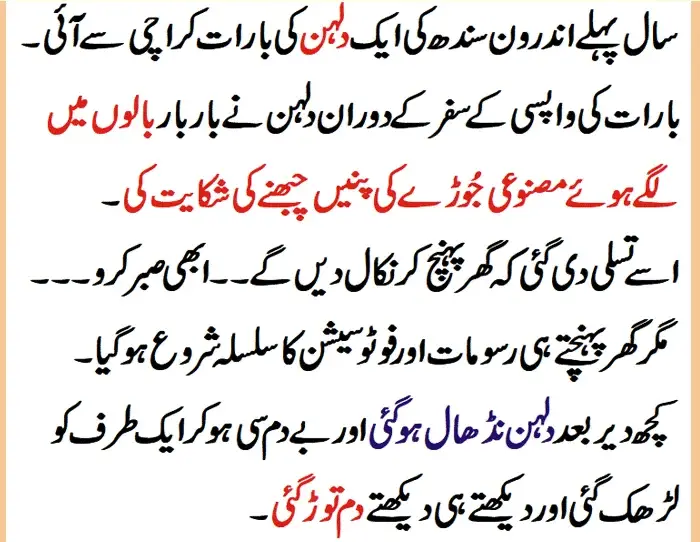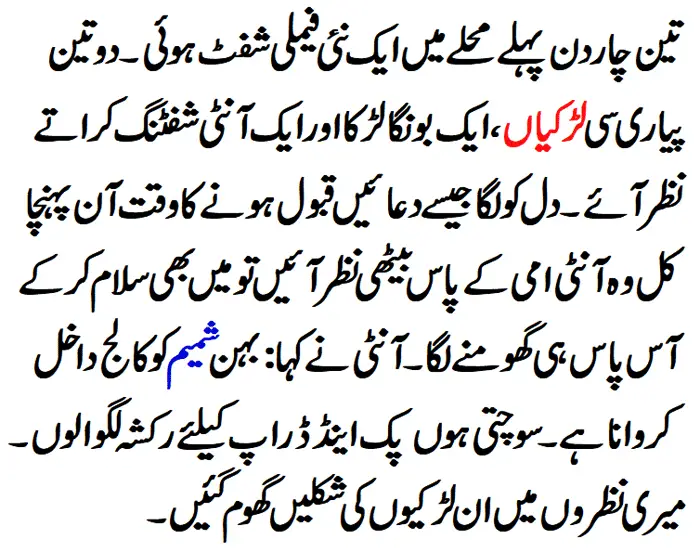
Do you ever feel like you just can’t get enough sleep, no matter how many hours you rack up under the covers? Are you constantly battling fatigue, shortness of breath, and even pale skin? These could be signs of iron deficiency, a surprisingly common condition.
Iron is a mineral vital for producing red blood cells, which carry oxygen throughout your body. When your iron levels dip, your body struggles to deliver enough oxygen, leading to those pesky symptoms. The good news? Boosting your iron intake can be a delicious adventure! Here are five tasty ways to fight low iron deficiency and get your energy back on track:
1. Power of Plants: Dark Leafy Greens
Popeye knew what he was doing when he reached for that can of spinach. Dark leafy greens are champions when it comes to iron content. They’re loaded with non-heme iron, a plant-based form of iron.
Here’s a delightful twist: pair your leafy greens with a squeeze of lemon or some chopped citrus fruits. Vitamin C, abundant in citrus fruits, helps your body absorb non-heme iron more efficiently.
Get Cooking!
Start your day with a vibrant Green Smoothie: Blend spinach or kale with banana, mango, and a splash of orange juice for a tropical power punch.
Go beyond salads: Sautéed kale with garlic and olive oil makes a fantastic side dish.
Stuffed Swiss Chard Rolls: Fill Swiss chard leaves with a mixture of brown rice, lentils, and chopped vegetables for a satisfying vegetarian meal.
2. Bean Bonanza:
Beans and lentils are nutritional powerhouses, boasting a wealth of iron, fiber, and protein. They’re a budget-friendly and versatile ingredient that can be incorporated into various dishes.
Fun Fact: Did you know that a cup of cooked lentils provides over a third of your daily recommended iron intake?
Let’s Get Creative!
Black Bean Burgers: These hearty burgers are a fantastic alternative to beef. Mash black beans, add spices, and form into patties for a delicious protein boost.
Lentil Soup: A warm and comforting lentil soup is perfect for a chilly day. Add chopped vegetables, your favorite spices, and a squeeze of lemon for a flavor explosion.
Three Bean Salad: Toss together kidney beans, chickpeas, black beans, chopped vegetables, and a light vinaigrette for a refreshing and iron-rich side dish.
3. Go Fish! Explore the Iron-Rich Seas
Seafood lovers, rejoice! Many types of fish and shellfish are brimming with iron. Opt for fatty fish like tuna, salmon, and sardines, which are also rich in omega-3 fatty acids, beneficial for heart health.
Pro Tip: Pair your fish with roasted vegetables for a balanced and flavorful meal.
Dive into Deliciousness:
Seared Tuna Steaks with Lemon Caper Sauce: Pan-sear tuna steaks and create a light and tangy sauce with lemon juice, capers, and fresh herbs.
Salmon Burgers: Similar to black bean burgers, salmon burgers offer a unique and iron-rich alternative. Season ground salmon with your favorite herbs and spices, then grill or pan-fry.
Shrimp Scampi: Plump shrimp sautéed in garlic, butter, and white wine makes for a quick and impressive dinner.
4. For the Meat-Lovers: Red Meat
Red meat, such as beef and lamb, is an excellent source of heme iron, which is more readily absorbed by the body compared to non-heme iron. However, moderation is key. Lean cuts are preferable, and it’s wise to balance red meat consumption with plant-based iron sources for a well-rounded diet.
Fire Up the Grill!
Beef Fajitas: Marinate flank steak in a citrusy mixture, then grill and slice for fajitas. Serve with whole-wheat tortillas, sautéed peppers and onions, and a dollop of guacamole.
Lamb Burgers with Mint Pesto: Ground lamb burgers get a delightful twist with homemade mint pesto.
Hearty Beef Stew: A slow-cooked beef stew with vegetables is a perfect comfort food on a cold day. Choose lean cuts of beef and pack the stew with iron-rich root vegetables, like potatoes and carrots.
5. Seeds! Iron-Rich Goodness
Seeds are tiny nutritional powerhouses. Pumpkin seeds, sesame seeds, and flaxseeds are all excellent sources of iron, along with other essential minerals and healthy fats.
FAQs
1. What are the symptoms of iron deficiency?
The article mentioned fatigue, shortness of breath, and pale skin. Here are some additional symptoms:
- Dizziness or lightheadedness
- Cold hands and feet
- Brittle nails
- Restless legs syndrome
- Headache
2. What causes iron deficiency?
The article briefly touched on causes but here’s a more detailed breakdown:
- Dietary Iron Deficiency: Not consuming enough iron-rich foods, particularly common in vegetarians and vegans who don’t actively replace heme iron.
- Blood Loss: Heavy menstrual bleeding, ulcers, or internal bleeding can deplete iron stores.
- Reduced Absorption: Certain medical conditions like Celiac disease or Crohn’s disease can hinder iron absorption.
- Pregnancy: Iron needs increase during pregnancy, and deficiency is a concern.
3. How is iron deficiency diagnosed?
A doctor will typically perform a blood test to measure ferritin levels (iron stores) and red blood cell count.
4. Are there any risks associated with iron deficiency?
Untreated iron deficiency can lead to anemia, which can cause fatigue, shortness of breath, and even heart problems. In severe cases, it can affect cognitive development in children.
5. Can I take iron supplements?
Iron supplements can be helpful, but it’s crucial to consult your doctor first. Too much iron can be harmful, and supplements can interfere with the absorption of other minerals. Your doctor will recommend the appropriate dosage and type of iron supplement based on your individual needs.






